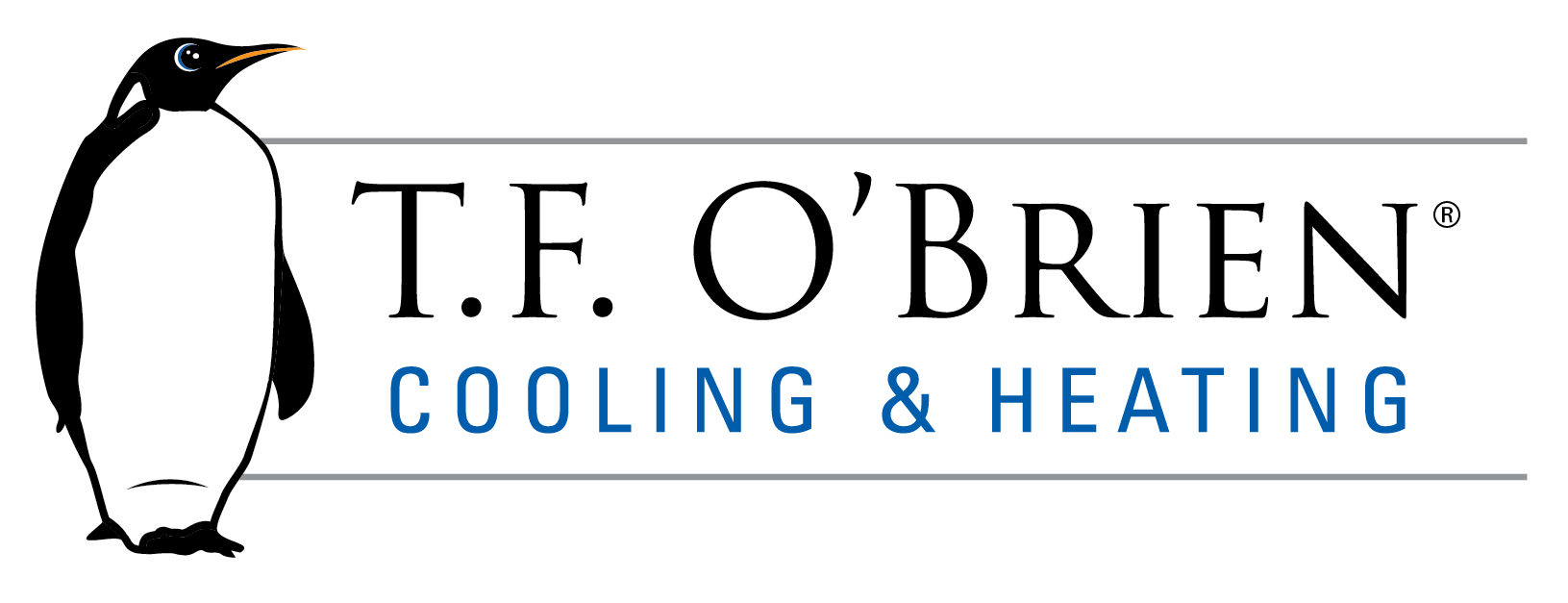Heat recovery ventilators (HRVs) are among the most energy-efficient ventilation systems available. They pull fresh air inside, filtering it while expelling stale air. They also essentially “recapture” the energy of the outgoing, stale air and “give” it to the incoming air. Typical heat recovery ventilators can recycle about 85 percent of this warm or cool energy, taking strain off your HVAC system. There are a plenty of HRV models that attach to pre-existing ductwork.
Heat recovery ventilators accomplish the heat exchange inside the heat exchanger core, where the currents of incoming fresh air and outgoing stale air both pass. This is where the energy is collected and saved. The two different air flows, however, do not cross.
The U.S. Environmental Protection Agency and the American Lung Association recommend HRVs as some of the best ventilation systems on the market to improve indoor air quality and health. If you achieve energy savings with a tightly sealed home, your indoor air is probably not well circulated, leading to indoor pollution.
Heat recovery ventilators reduce indoor pollution from common factors including:
- Off-gassing and fumes from building materials and carpets.
- Fumes from household cleaners.
- Excess humidity.
- Mold, allergens, dust, and airborne bacteria and viruses.
- Carbon dioxide exhaled by residents (each person exhales about 1 kg per day).
Fresh, filtered air can lead to vast improvements for many individuals plagued by recurring issues such as respiratory problems, headaches, allergies, lethargy and more.
Pre-installed ventilation systems in houses such as bathroom fans and stovetop fans can only go so far. These expel some heat, humidity and fumes, but also pull in pollutants from outside, dust particles from the attic, humidity, and radon, the second cause of lung cancer in the US after cigarettes. Opening windows won’t filter the air or maintain your indoor temperature, but will strain your HVAC system
In the ongoing quest for energy efficiency, heat recovery ventilators are good investments, and can extend the life span of your HVAC system. If you’re thinking about improving your indoor air quality and want expert advice, feel free to call the professionals at T. F. O’Brien. We’re happy to help.
Our goal is to help educate our customers about energy and home comfort issues (specific to HVAC systems). For more information about heat recovery ventilators and other HVAC topics, click here to download our free Home Comfort Resource guide.
